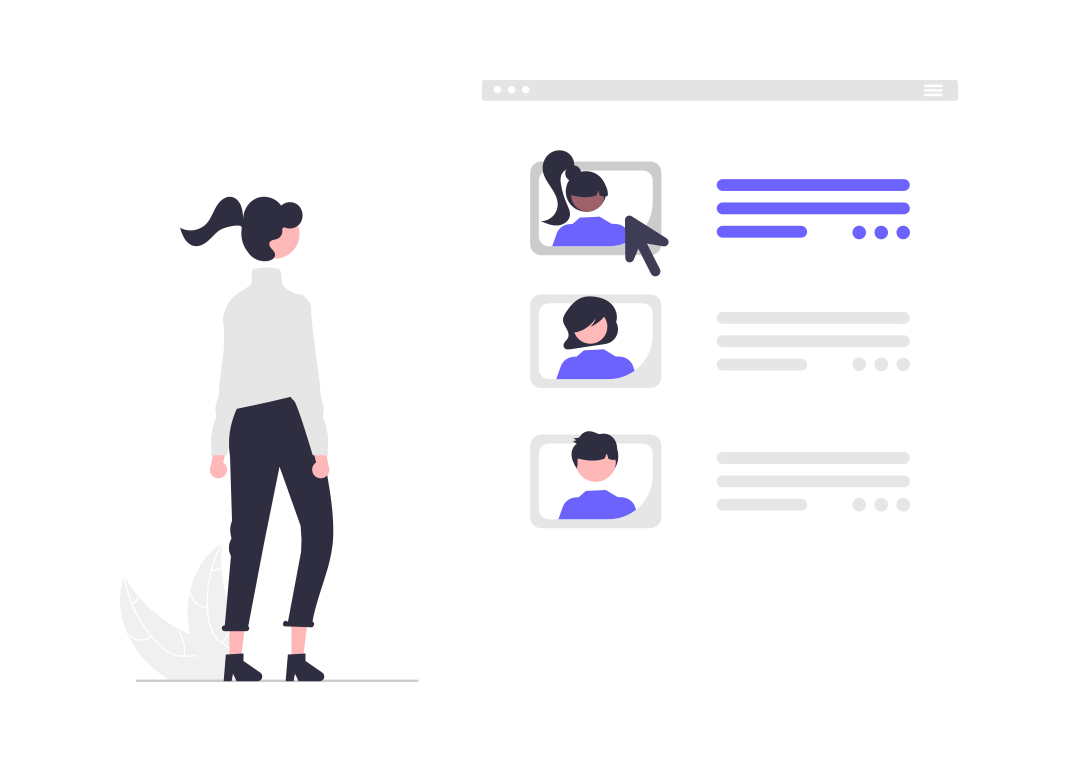In today's digital age, website customization has become a key factor in creating an engaging user experience. As businesses strive to meet the diverse needs of their audiences, understanding and integrating user feedback has emerged as a crucial strategy. This article delves into the importance of user feedback in website customization, exploring how it can enhance user satisfaction, improve engagement, and drive business growth.
Understanding User Feedback
User feedback encompasses the opinions, suggestions, and insights provided by users regarding their experiences with a website. It can be collected through various channels, including surveys, feedback forms, social media interactions, and direct customer communication. By systematically gathering and analyzing this feedback, businesses can gain valuable insights into user preferences, pain points, and expectations.
Enhancing User Satisfaction
One of the primary benefits of incorporating user feedback into website customization is the enhancement of user satisfaction. When users feel that their opinions are valued and acted upon, they are more likely to develop a positive perception of the brand. Customizing a website based on user feedback ensures that the site meets the actual needs and preferences of its audience, leading to a more satisfying user experience.
For instance, users may highlight difficulties in navigating the site or finding specific information. Addressing these issues by redesigning the navigation structure or improving the search functionality can significantly enhance user satisfaction. Moreover, personalization features, such as tailored content recommendations and user-specific settings, can be refined based on user feedback to provide a more personalized and enjoyable experience.
Improving Engagement
Engagement is a critical metric for any website, reflecting how effectively it captures and retains the attention of its visitors. User feedback plays a pivotal role in identifying areas where engagement can be improved. By listening to users and understanding their interaction patterns, businesses can make informed decisions about website design and content.
Feedback might reveal that users find certain sections of the website unappealing or difficult to use. In response, businesses can make targeted adjustments, such as simplifying complex processes, enhancing visual appeal, or optimizing page load times. Additionally, interactive elements like quizzes, polls, and chatbots can be introduced or refined based on user suggestions, further boosting engagement levels.
Driving Business Growth
Ultimately, the goal of website customization is to drive business growth by converting visitors into loyal customers. User feedback is instrumental in achieving this goal, as it provides direct insights into what users want and expect from the website. By aligning the website's features and content with user preferences, businesses can increase conversion rates and foster long-term customer loyalty.
For example, feedback on product pages can reveal the need for more detailed descriptions, additional images, or customer reviews. Implementing these suggestions can help potential customers make informed decisions, increasing the likelihood of purchases. Similarly, feedback on the checkout process can uncover friction points that, when addressed, can reduce cart abandonment rates and boost sales.
Creating a Feedback Loop
To maximize the benefits of user feedback, it is essential to establish a continuous feedback loop. This involves regularly collecting feedback, analyzing it, implementing changes, and then seeking further feedback to assess the impact of those changes. By maintaining an ongoing dialogue with users, businesses can ensure that their website evolves in line with user expectations and industry trends.
Leveraging Technology
Advanced technologies, such as artificial intelligence (AI) and machine learning, can significantly enhance the process of collecting and analyzing user feedback. AI-powered tools can automatically gather feedback from various sources, analyze sentiment, and identify common themes. This allows businesses to quickly and accurately understand user needs and prioritize customization efforts.
Furthermore, AI can be used to personalize the user experience in real-time, adapting website content and layout based on individual user behavior and preferences. By leveraging technology, businesses can create a highly responsive and dynamic website that continually meets the evolving needs of its users.
Conclusion
Incorporating user feedback into website customization is not just a best practice; it is a necessity in today's competitive digital landscape. By actively listening to users and making data-driven adjustments, businesses can create a more satisfying and engaging user experience, ultimately driving growth and success. Embracing a feedback-centric approach ensures that websites remain relevant, user-friendly, and aligned with the ever-changing expectations of their audience.


